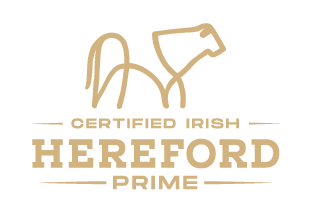Cuts
Cuts that ensure consistency and quality
Whichever cut is chosen, Herefords offer an invaluable degree of consistency. Animals tend to be a very similar size which means cuts of beef – and portion sizes – are also uniform.
Sometimes described as the best of both worlds, this huge t-bone is really two steaks in one — flavour filled sirloin on one side of the bone, tender fillet on the other. Suitable for pan-frying, grilling or roasting, the t-bone is a versatile steak that looks impressive on any plate.
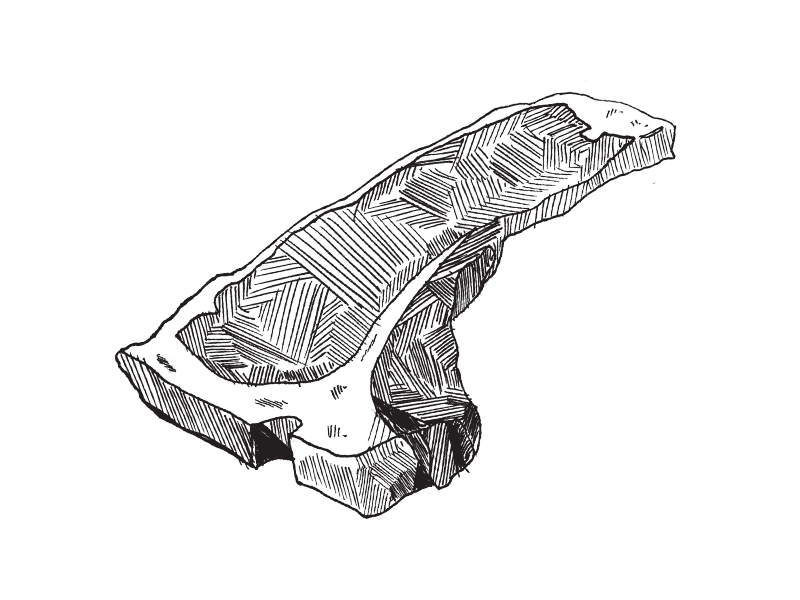

The ribeye comes from one of the most widely used muscle groups in cattle, and as such can have more marbling and texture than a lot of other cuts. This means it is bursting with flavour and highly juicy making it a classic steak served in restaurants the world over. Away from the fine dining world, the ribeye steak can also be a brilliant addition to a BBQ. Grill or pan fry.
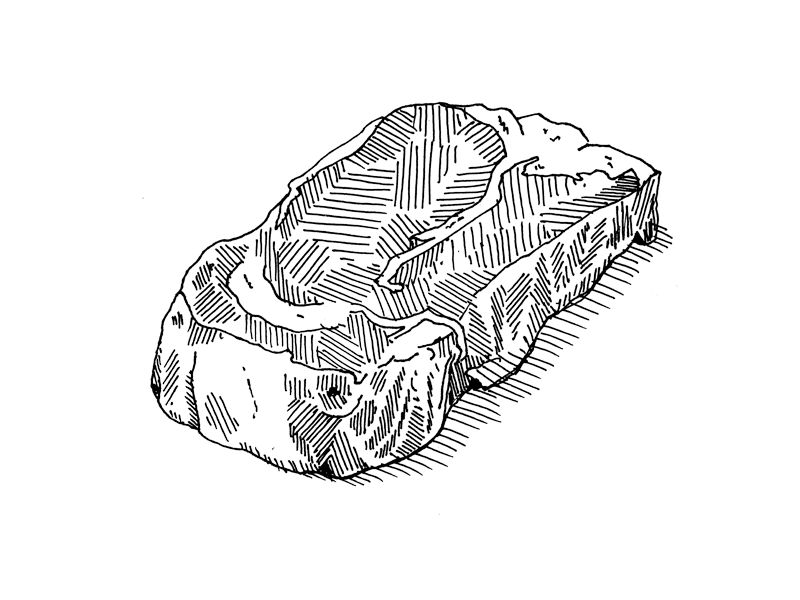

Usually containing between two and seven ribs, the standing rib is a centrepiece dish, perfect for special gatherings. Highly succulent and very well marbled, the standing rib should be roasted standing on the ribs with the fatty side up. This ensures maximum flavour and juiciness during the cooking process.
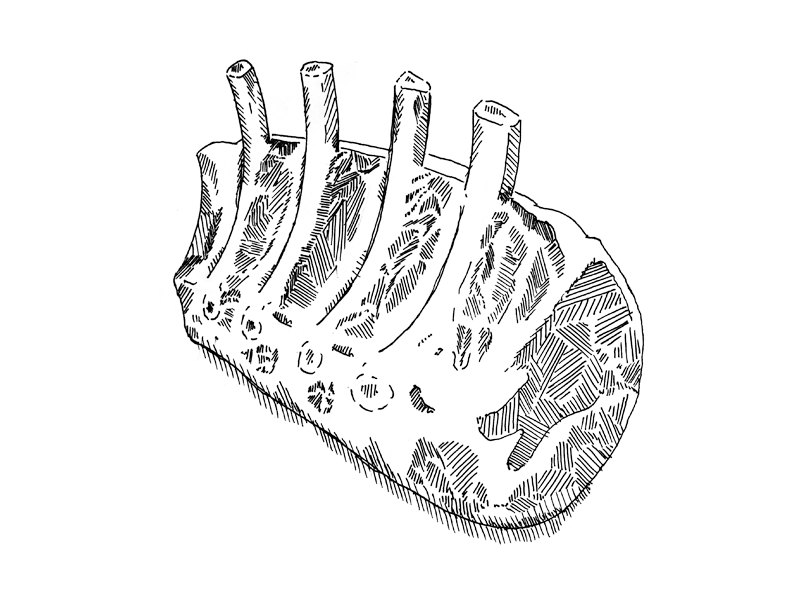

Lean and flavourful, the thick skirt is also sometimes known as hanger steak. It packs an intense flavour and is often used in dishes such as fajitas. Should be thinly sliced against the grain when carved. Grill or flash fry and slice into thin strips.
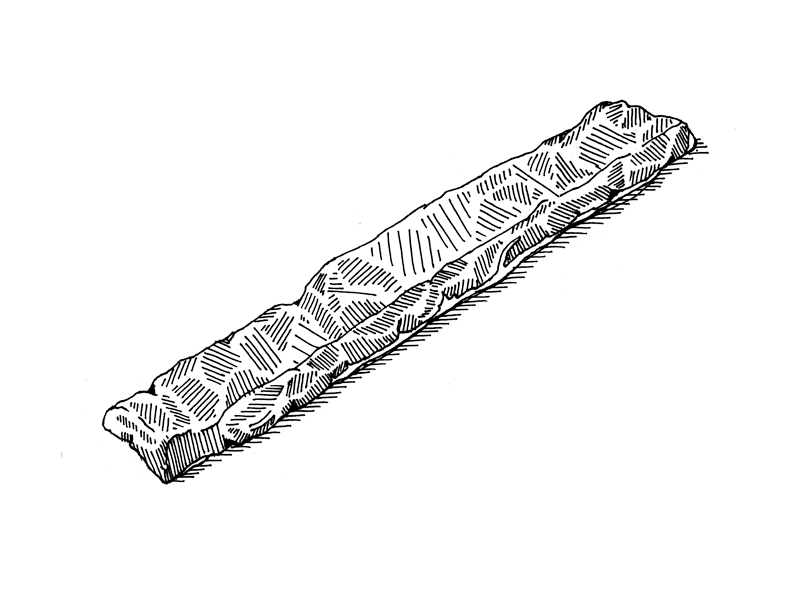

Oxtail is one of the most silky rich and flavoursome beef cuts available. It’s also one of the most cost effective. Great stewed and braised, oxtail melts off the bone when cooked and is fantastic for making bone broth.
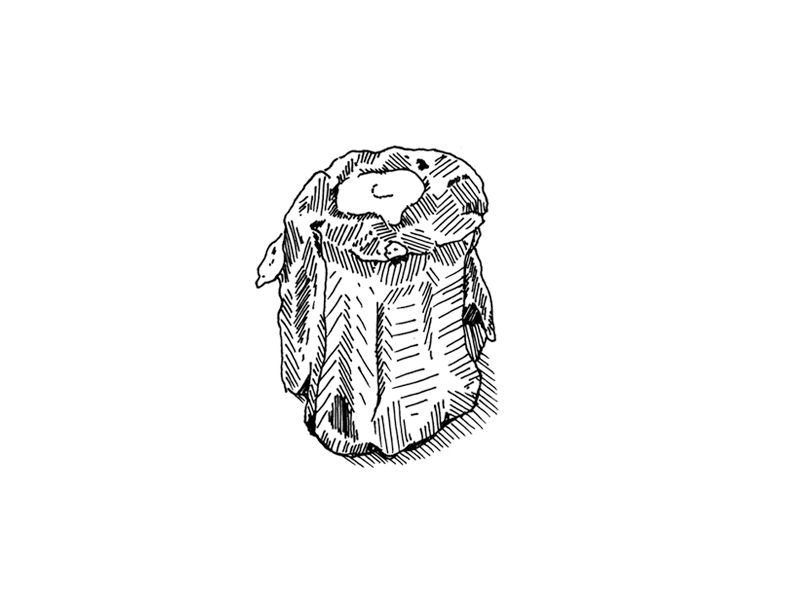

The rump is incredibly flavoursome, with a rich beefy taste. Relatively lean, its flavour comes directly from the meat as opposed to the fat. Rump can be left as a whole cut for a roast, or alternatively cut into delicious steaks for frying, or cubes for BBQ skewers and kebabs. A trusted and flexible cut.


Great roasted as an entire piece (on or off the bone) or cut into steaks for grilling or frying. The striploin has a visible fatty edge which should not be removed as it gives the cut amazingly flavoursome juiciness.
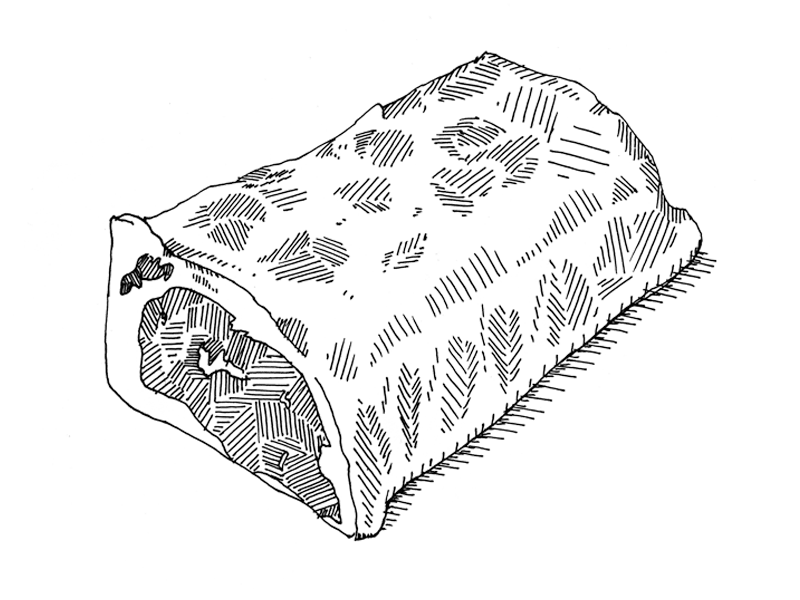

Low in fat and extremely tender, fillet steaks are melt in the mouth flavoursome. They are also scarce which ensures their position as a luxury cut, reserved for centrepiece dishes. Great on the grill, roasted or broiled, fillet is also perfect for ambitious dishes such as Steak Tartare.
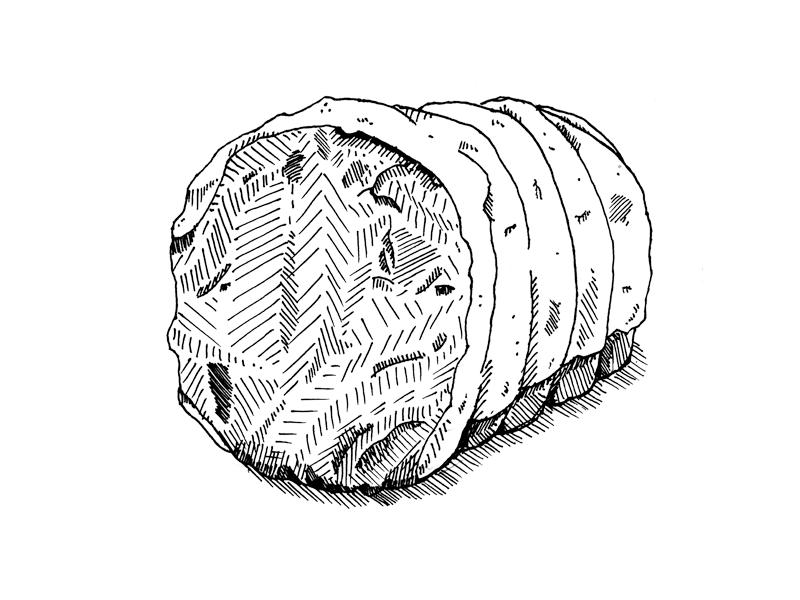

Usually found on the menus of speciality restaurants, beef cheeks are a tough cut of meat that should be slow cooked or braised for a long time. Particularly juicy, beef cheeks are beautifully textured and meltingly tender when cut.
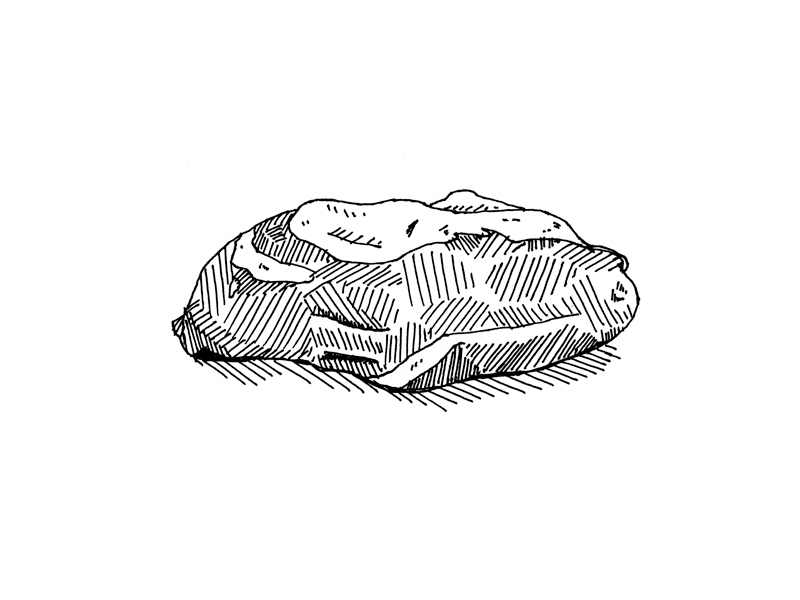

The tomahawk steak is essentially a ribeye steak with the entire rib bone left on. Taking its name from the visually similar tomahawk axe, this monster sized steak is usually found in upmarket steakhouses and supermarkets. Because of its size, the tomahawk isn’t as practical to fry as regular sized steaks. This means many people choose to simply season it, then roast, grill or BBQ it. The result is a succulent and tender steak, rich in sweet flavours released from the large rib bone.
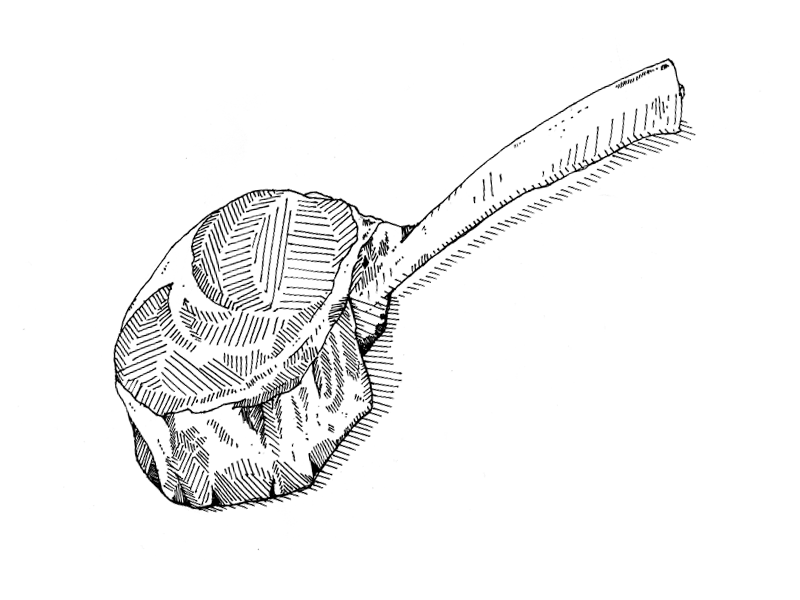

A modern cut, the flat iron is found in the shoulder. It is rectangular in shape and has a uniform thickness making it great for cutting into well-marbled, rich and tender steaks. Sear quickly or slow cook.
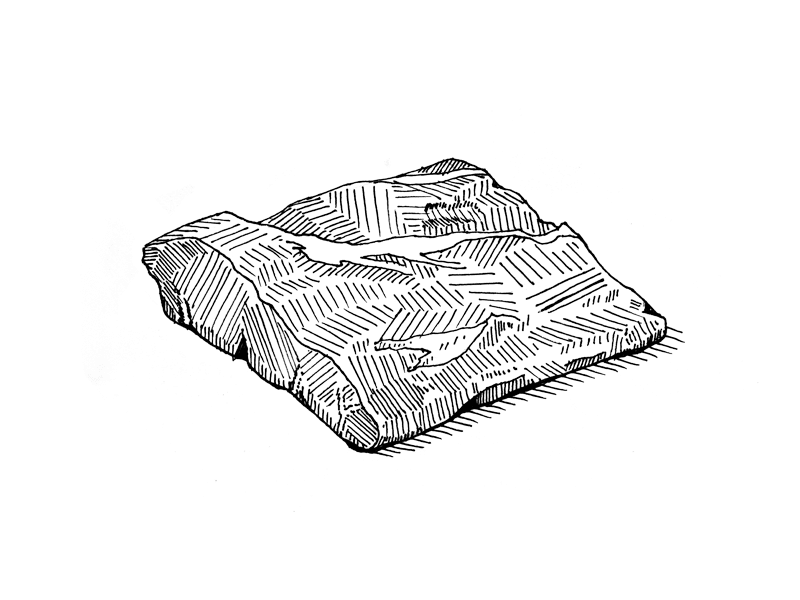

A favourite among adventurous BBQers, the brisket is a joint that is full of mouth watering flavour and tender juiciness. Located in a highly used muscle group in the lower shoulder, the brisket is tough meaning it needs to be cooked ‘low and slow’ — ideally smoked all day on the BBQ. Can also be used in pies and pot-roasts.
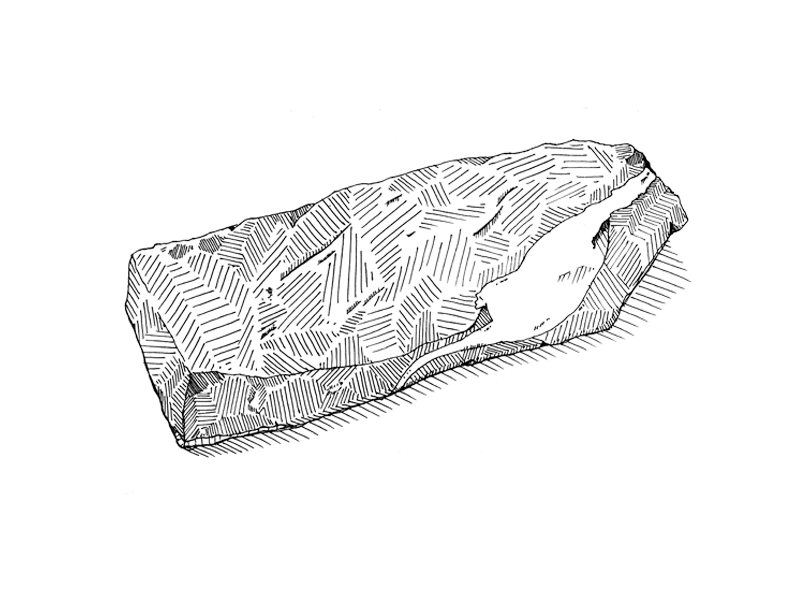

As its name might suggest, the chuck tender is a deliciously tender cut. Also known as chuck tender steaks, this cut becomes rich in beefy flavour once cooked. Great for stir-frys and casseroles.
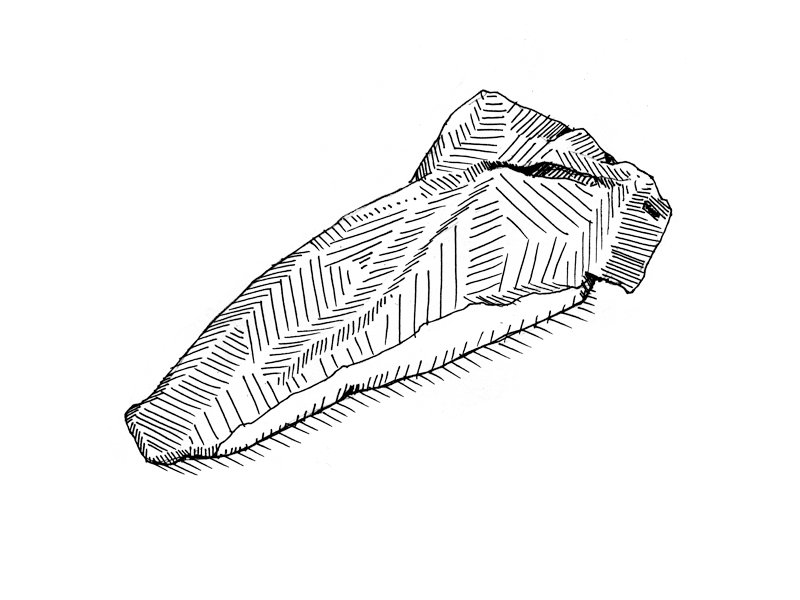

A cut that is becoming more popular around the world, the short rib has a high fat content making it great for slow cooking, stews or smoking on the BBQ. Due to its marbling and proximity to the bone, the meat is particularly aromatic and tender.
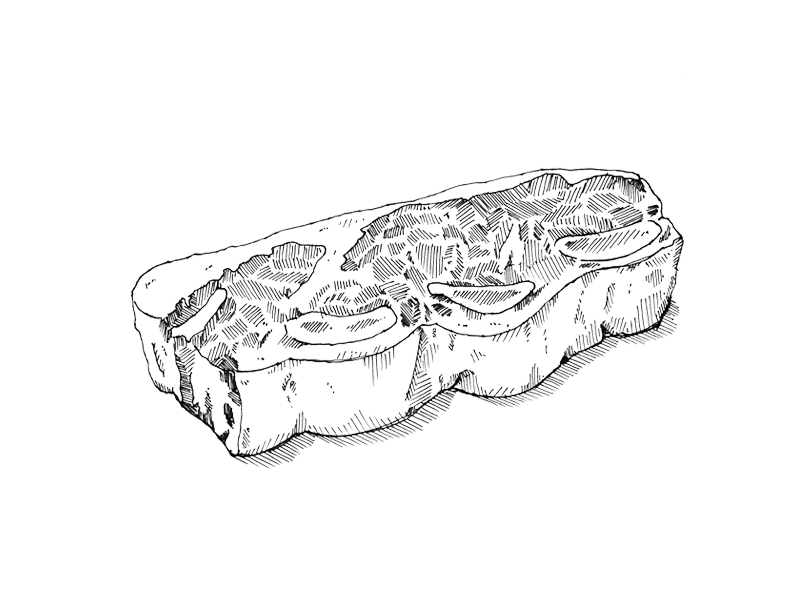

Found in the most worked part of the animal, most cuts of the chuck are tough making it suitable for juicy roasts, casseroles, braising, pot-roasting and mincing. Once cooked the beef becomes deliciously tender and rich in beefy flavour.
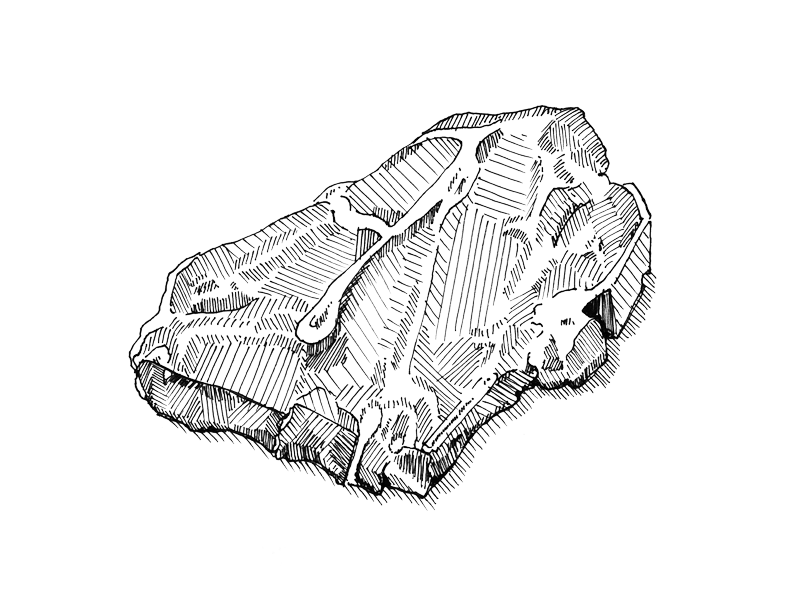

A favourite for Sunday roasts and traditional carverys, the boneless rolled rib of beef is as juicy and succulent as it gets. Although the joint is off the bone, its still packed with enough tenderness and flavour to raise any occasion. Carving is also a lot easier.
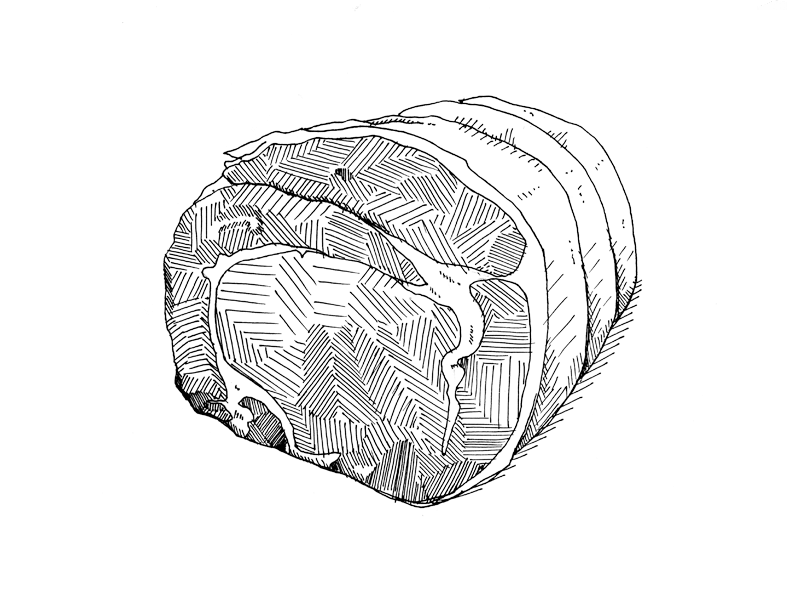

Usually served as a meal for two, the Cote De Boeuf is a popular french cut, otherwise known as a single fore rib, or cowboy steak. Considered to be one of the finest steaks, the Cote De Boeuf gets a rich, robust flavour from the bone’s marrow and natural fat covering. This steak should be roasted, grilled or pan fried.
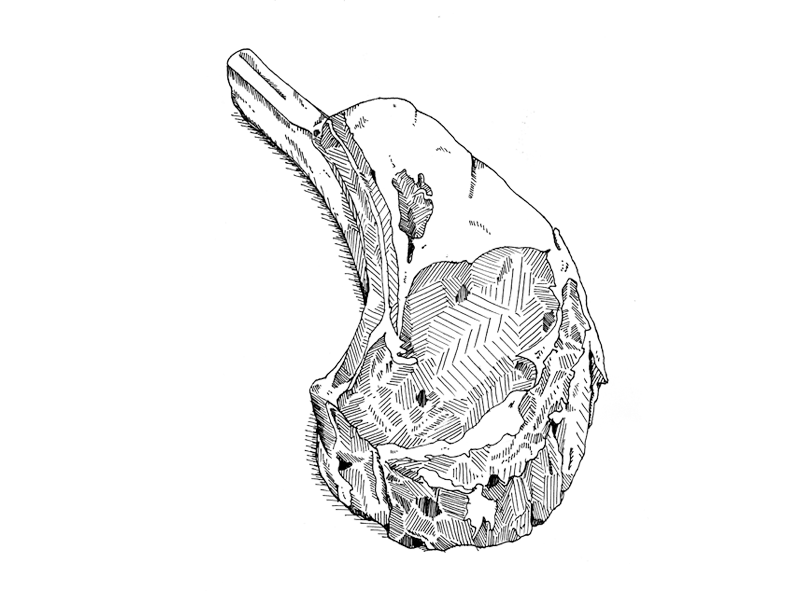

Suited to those who like their beef lean, the silverside comes from a well worked muscle located in the hindquarter. Having a wide-grained texture and little fat marbling, the Silverside is best suited to pot-roasts, braises, casseroles and cured beef.
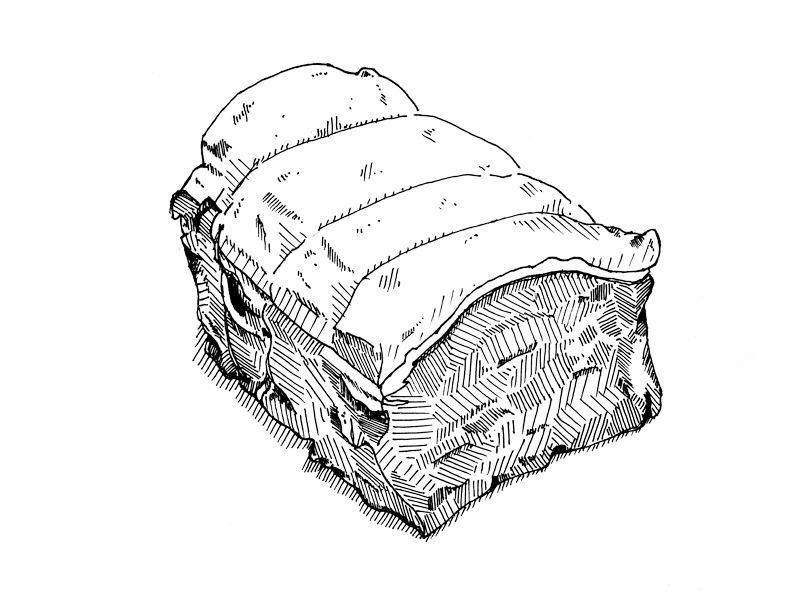

Meat in the forequarter tends to be less tender than other parts, due to how hard the muscles here work. In saying that when trimmed and minced, forequarter meat has a very good flavour.
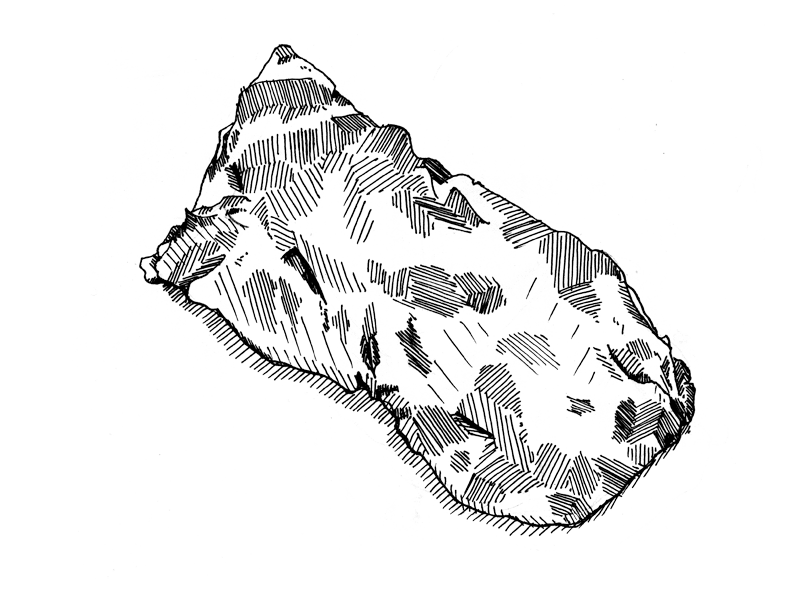

Located where the rump meet the back leg, the top rump or knuckle is an extremely versatile cut. Relatively fatty it’s a cut suited to braises, casseroles, pies and stir-frying. Great when cut into medallions or left as a whole joint for a roast. Lots of options with this cut.
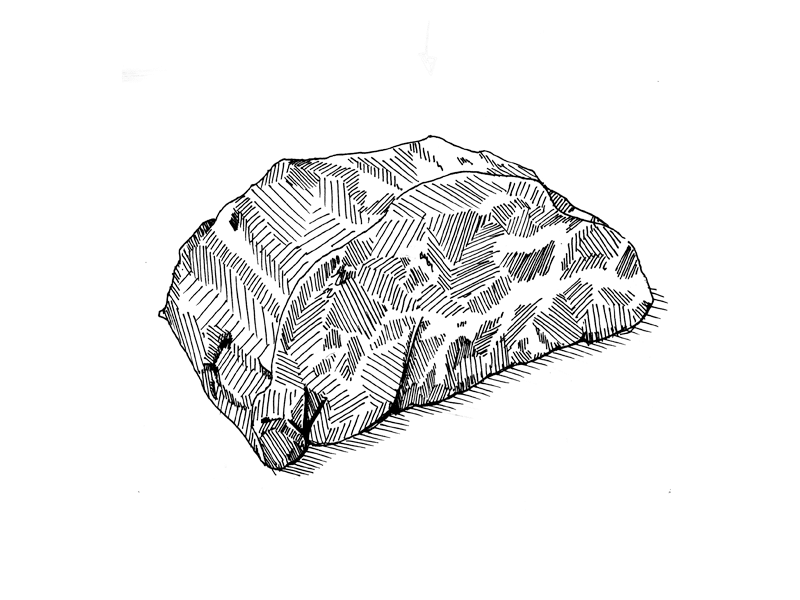

Very similar in appearance to the oxtail, the shank and heel are extremely tough and lean cuts meaning they become incredibly tender and velvety when cooked low and slow. Used in the traditional Italian dish osso bucco, the oxtail is also great in rich casseroles and braises. An in-vogue gem.


A relatively long and flat cut with a coarse texture, the flank is highly aromatic and tender. It’s affordable and versatile so great for slow cooking, marinating, flash frying or slicing into thin strips. Stir frying and shredding are especially good. Also known as Bavette D’aloyau and Flanchet.
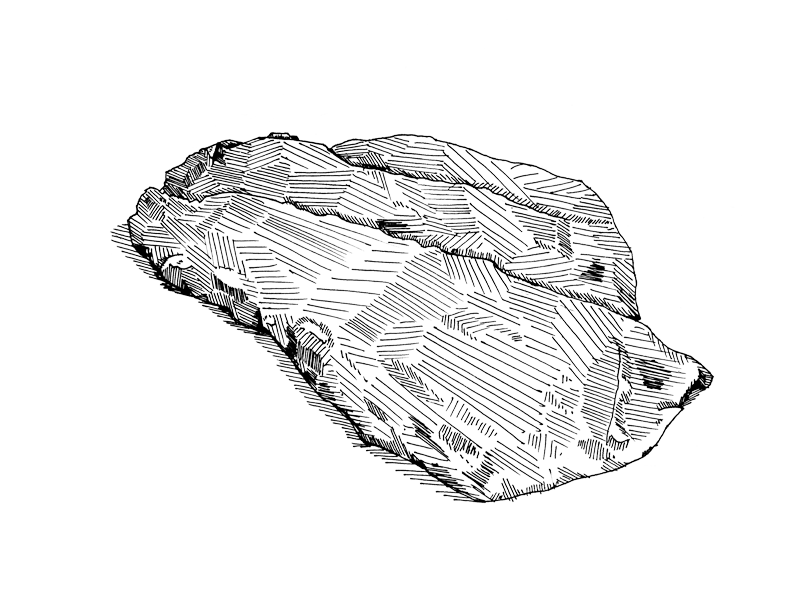

A value-for-money favourite for roasts, the topside is a large, lean joint that is best suited to long, slow cooking. Tender and flavoursome, the topside can be served pink and sliced very thinly. For roasting, pot-roasting and curing.


